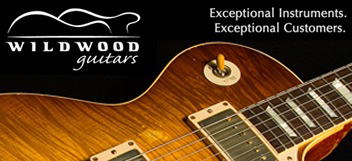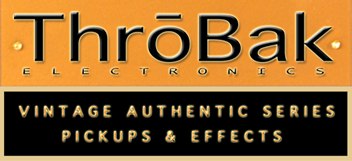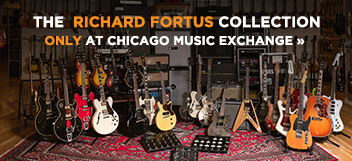Jessebarker
Banned
- Joined
- May 26, 2018
- Messages
- 1
Hi,
Ok, I have had a bit of trouble finding the information I need.. how do you tell if an audio amplifier has enough power to drive speakers? In other words, what is the relationship between watts/channel, efficiency in dB of the speakers, and the impedence of the speakers? Hell, what does the efficiency even mean?
Please help.
I didn't find the right solution from the Internet.
References:-
https://arstechnica.com/civis/viewtopic.php?t=983747
Marketing video production service
Thanks!
Ok, I have had a bit of trouble finding the information I need.. how do you tell if an audio amplifier has enough power to drive speakers? In other words, what is the relationship between watts/channel, efficiency in dB of the speakers, and the impedence of the speakers? Hell, what does the efficiency even mean?
Please help.
I didn't find the right solution from the Internet.
References:-
https://arstechnica.com/civis/viewtopic.php?t=983747
Marketing video production service
Thanks!



